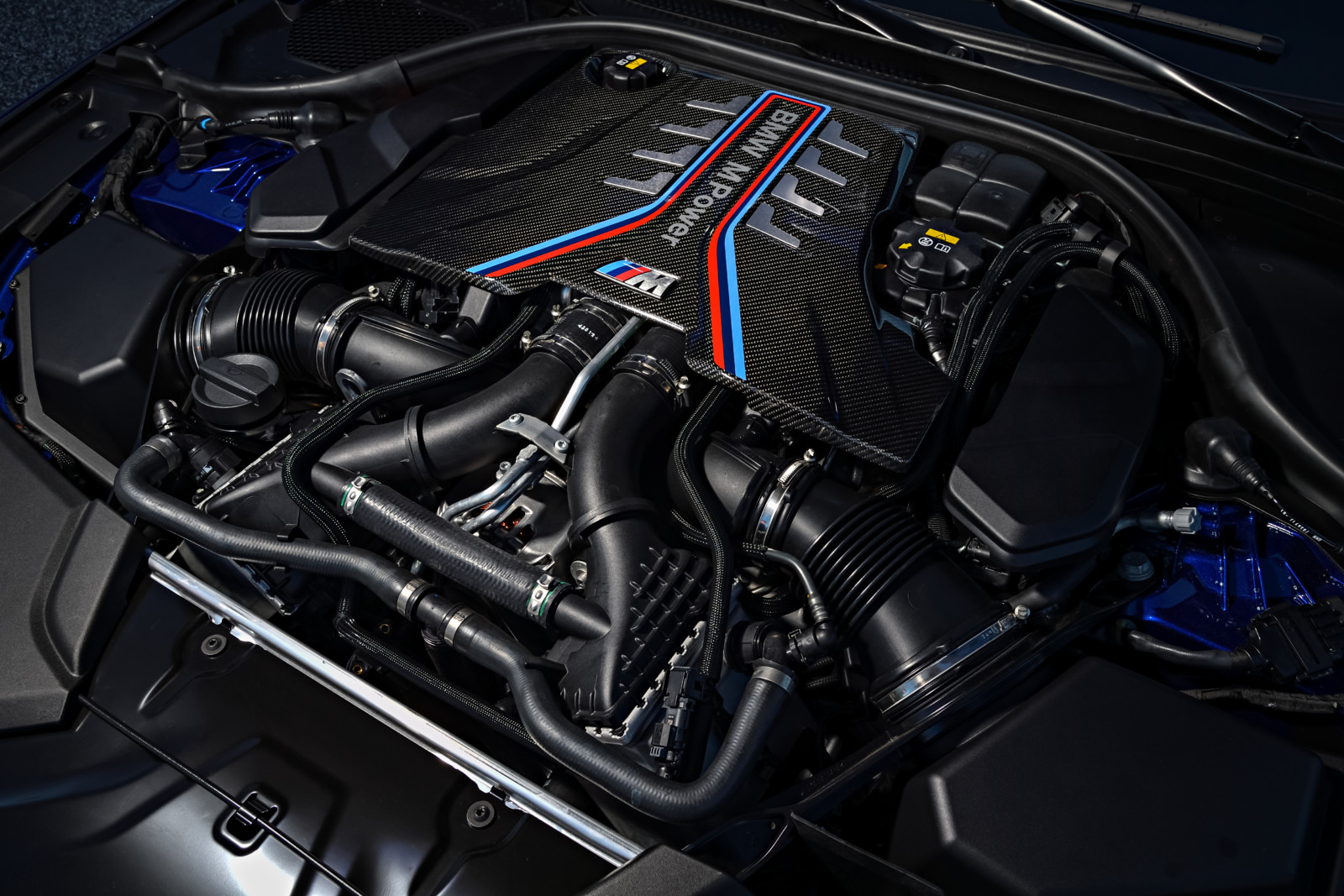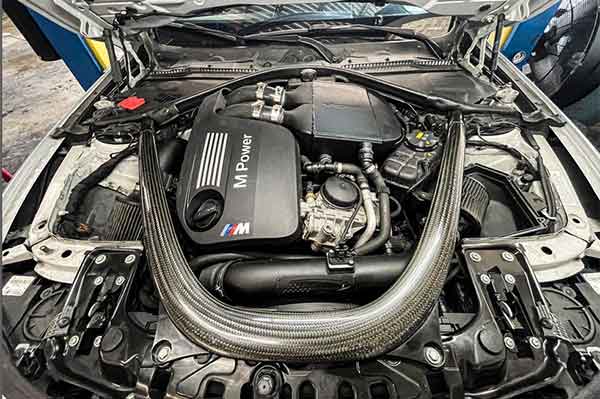Leading 5 BMW Engine Technologies Reinventing the Automotive Market
Leading 5 BMW Engine Technologies Reinventing the Automotive Market
Blog Article
Exploring the Advancement of Combustion Engines in Modern Transportation Equipments
As we browse the landscape of contemporary transport, the evolution of combustion engines stands as a testimony to human ingenuity and engineering prowess. The interaction of background, technology, and ecological worries in shaping the trajectory of combustion engines produces a story that is both insightful and compelling.
Very Early Beginnings of Combustion Engines
How did the idea of combustion engines very first arise in the very early phases of transportation development? The roots of burning engines can be mapped back to the 17th century when the concepts of internal combustion were initial explored.
The advancement minute featured the development of the initial successful gasoline-powered engine by Karl Benz in 1885 - bmw engine. This engine led the way for the development of the modern vehicle, changing transport systems worldwide. Subsequent technologies by Nikolaus Otto and Gottlieb Daimler even more refined combustion engine technology, resulting in the automation of autos and the rapid growth of the transport sector
These very early burning engines were defined by their simpleness and efficiency, laying the structure for the complicated and powerful engines made use of in contemporary transportation systems. The development of combustion engines has actually contributed fit the way we travel and transport products, marking a significant milestone in the history of transport growth.
Change to Internal Combustion Modern Technology
The shift to inner burning technology noted an essential shift in the evolution of transport systems. This change began in the late 19th century, with inventors like Nikolaus Otto and Gottlieb Daimler creating the initial effective inner burning engines. These engines changed transport by supplying an extra effective and effective option to steam engines and electrical motors.
One of the key benefits of interior combustion engines was their ability to be scaled down to fit right into cars, leading to the growth of bikes and cars. This change from cumbersome, fixed engines to portable, mobile ones led the way for the contemporary transport systems we see today.
The transition to interior combustion innovation additionally stimulated advancements in gas innovation, bring about the development of fuel and diesel as key fuel sources for automobiles. This shift not only made transport extra accessible to the masses but additionally laid the foundation for the oil and gas industry to come to be essential to worldwide economic climates.
Effect of Combustion Engines on Transportation
The fostering of burning engines in transportation systems militarized an extensive change in the efficiency and speed of worldwide wheelchair. Burning engines changed transport by offering a trusted and versatile resource of power for numerous automobiles, consisting of cars and trucks, ships, trucks, and airplanes. This development dramatically boosted the capacity for products and people to move over fars away in much shorter time frameworks, bring about boosted connection in between regions and countries.
Moreover, the prevalent use burning engines has had a significant impact on economic development. The ability to deliver items successfully has stimulated profession and business, permitting businesses to expand their markets and reach customers worldwide. This has actually helped with economic see this development and globalization, as products can now be transferred much faster and in larger quantities than ever in the past.
However, the ecological influence of combustion engines can not be forgotten. The combustion of fossil gas has resulted in air contamination and greenhouse gas emissions, adding to environment change and presenting health and wellness risks to populaces. bmw engine. As a result, there is an expanding focus on developing alternative propulsion technologies to mitigate these adverse results and develop an extra lasting future for transportation
Advancements in Combustion Engine Design
Various innovations in combustion engine design have pushed the development of transport systems over the decades. One remarkable development is the growth of turbocharged engines, which utilize exhaust gases to drive a generator that presses inbound air, permitting for even more fuel to be scorched, leading to raised power outcome without a considerable rise in engine size. In addition, straight injection modern technology has actually enhanced gas performance and efficiency by precisely managing the amount and timing of fuel injected right into the burning chamber. Variable shutoff timing systems have likewise reinvented engine design by enhancing airflow at various engine speeds, enhancing both power and performance. Another substantial development is the assimilation of lightweight materials such as carbon fiber and light weight aluminum alloys, reducing overall engine weight and improving car gas economic climate. In addition, innovations in computer-aided layout have made it possible for designers to optimize engine performance and performance with simulations before physical models are constructed, saving time and resources in the development procedure. These innovations collectively add to the continuous improvement of combustion engines in modern-day transport systems.
Future Trends in Combustion Engine Development
With innovation innovations driving continual technology, the future of combustion engine advancement is poised to revolutionize transportation systems worldwide. Among the key trends in combustion engine advancement is the push in the direction of greater efficiency and decreased exhausts. Makers are investing greatly in r & company website d to boost engine efficiency while fulfilling stringent ecological regulations. This includes the assimilation of innovative gas shot systems, improved turbocharging techniques, and the usage of lightweight materials to maximize gas usage and lower carbon discharges.
An additional noticeable trend is the adoption of hybrid innovations in burning engines. Hybrid engines combine conventional burning modern technology with electric power, offering enhanced gas effectiveness and lower exhausts. As the automobile market changes towards electrification, crossbreed burning engines are viewed as a transitional service that bridges the void in between conventional lorries and completely electrical ones.
Additionally, the integration of smart technologies, such as synthetic intelligence and data analytics, is expected to play a considerable function in the future of combustion engine advancement. These technologies can maximize engine performance in real-time, bring about a lot more reliable burning processes and enhanced general vehicle performance. Welcoming these future patterns will not only drive development in burning engine development but also add to a more environmentally pleasant and sustainable transport community.

Conclusion
In final thought, the development of combustion engines in modern-day transportation systems has actually been marked by significant advancements in modern technology and layout. From the early starts of burning engines to the transition to internal burning innovation, these engines have had an extensive effect on transportation. Technologies in burning engine design continue to drive progression in this area, with future patterns focusing on more boosting performance and lowering exhausts. The future of combustion engines in transportation looks encouraging as research and advancement initiatives remain to push boundaries.
The roots of combustion engines can be mapped back to the 17th century when the concepts of internal combustion were first explored. These engines transformed transportation by offering a much more effective and reliable choice to steam engines and electrical motors.

Report this page